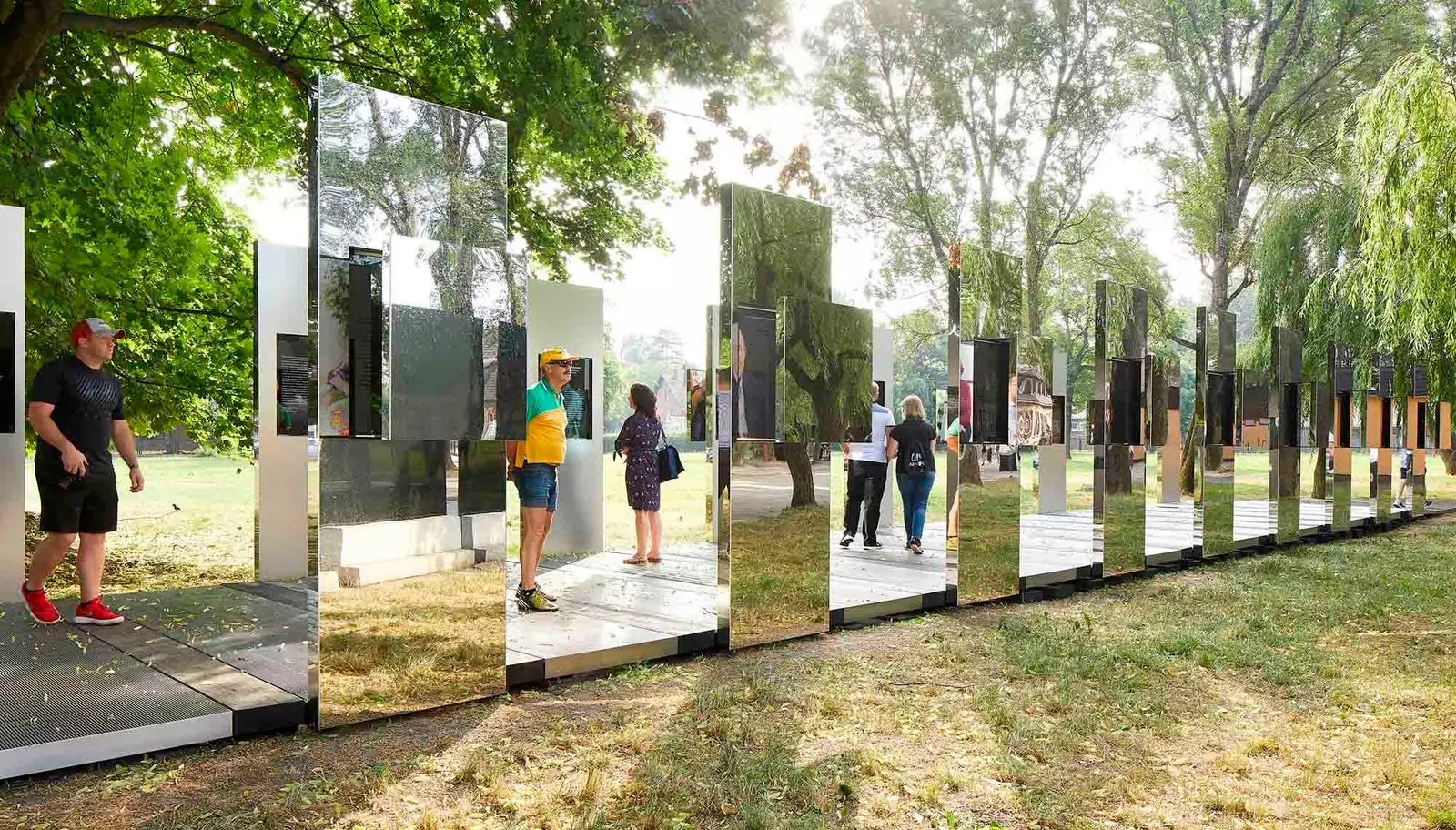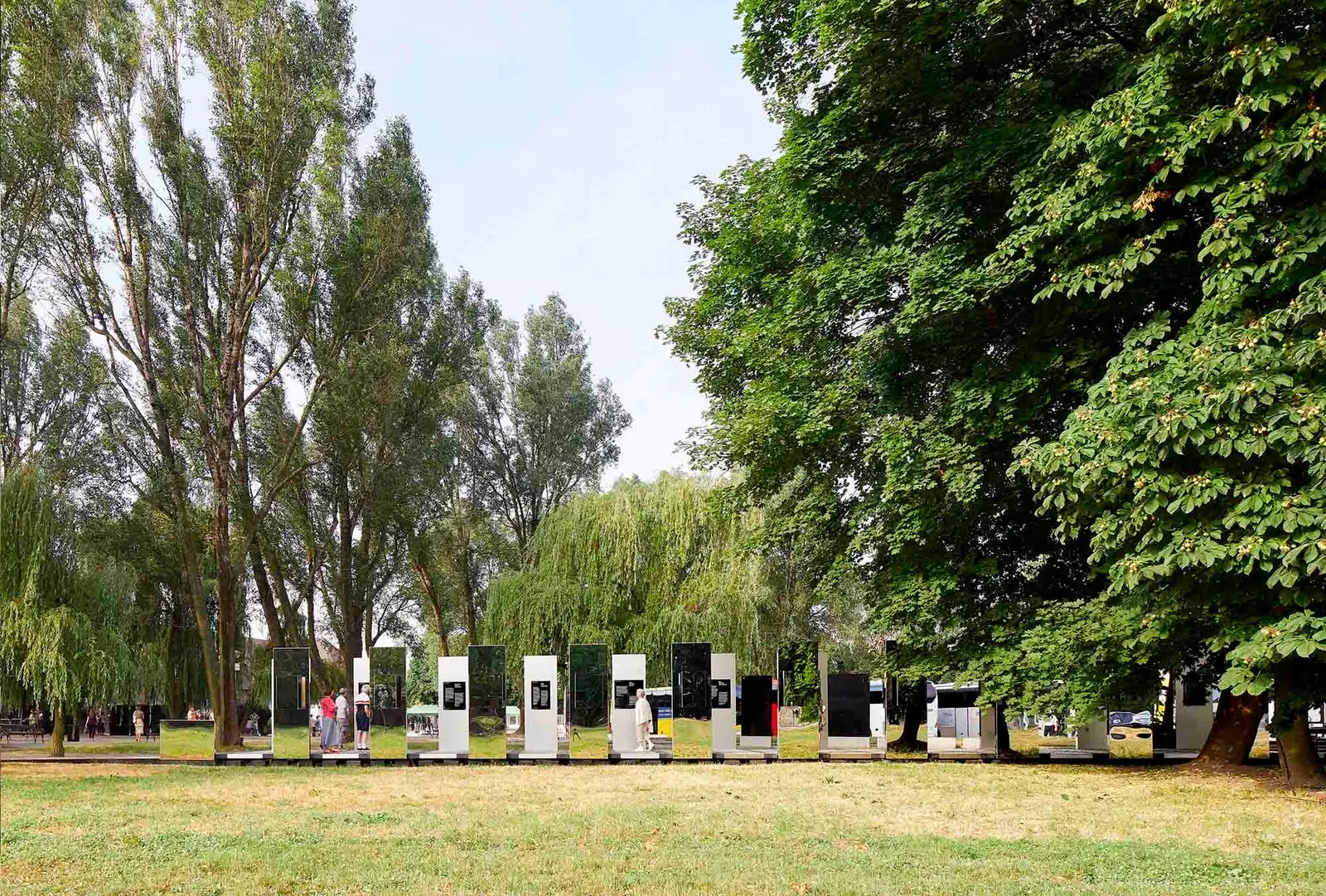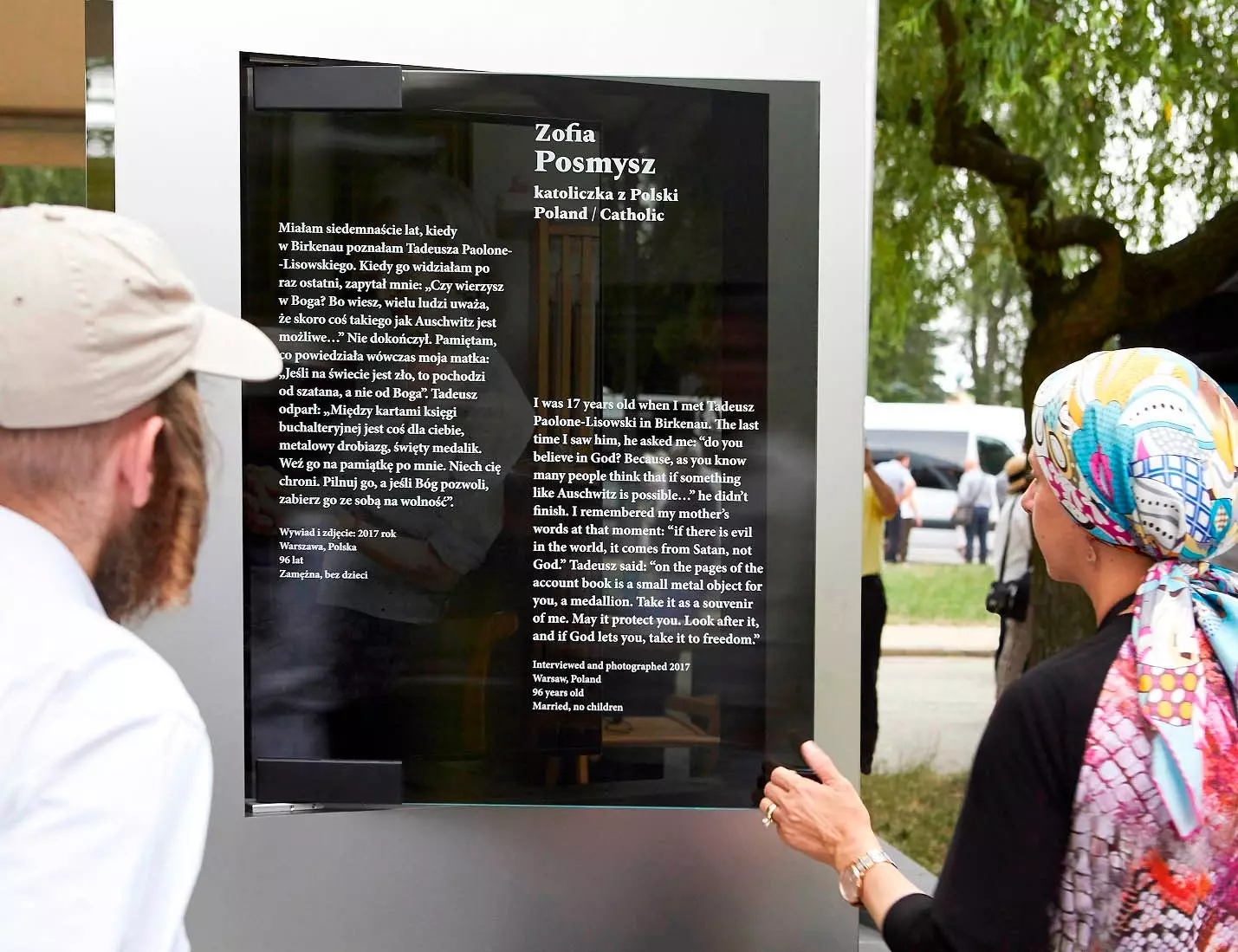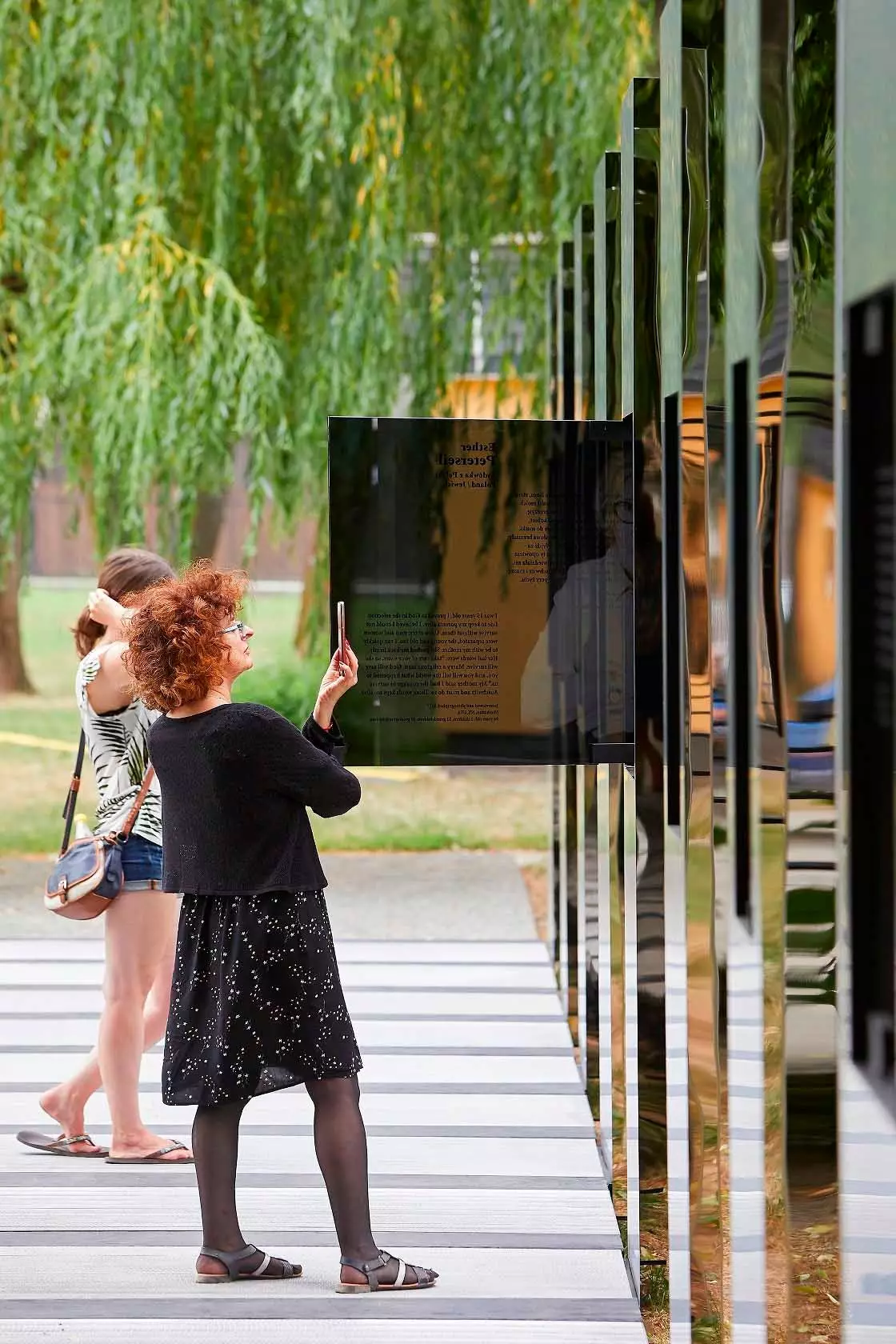
The avant-garde design of the sample
“It is often said that Auschwitz is the place where people lost faith . But our exhibit shows something quite different: how important it was for the prisoners to maintain a sense of identity. Faith was the vehicle to get that emotional attachment to oneself.”
Perhaps these words with which he answers us Henri Lustiger Thaler be the ones that best define Through the Lens of Faith - the amazing new exhibition at the Auschwitz-Birkenau memorial. The curator and director of international projects for the Amud Aish Memorial in New York is the architect of this exhibition that he explores the relationship of the human being with faith and resilience in one of the most extreme situations that exist: life in a concentration camp.
“ The Auschwitz-Birkenau stories are by far the most powerful personal and collective stories in human history. . They are all different, but all from people who have been through the same unthinkable experience. Auschwitz was a world of death and it was only destined for that, for mass murder. Tens of thousands of men, women and children were being killed every day. It was exceptional that so many survived this mass killing machine”, reflects the expert.
Those survivors who still remain are the ones Lustiger has interviewed, turning his stories, accompanied by his portraits, at the heart of the exhibition.
“We as an institution examine faith practices during the Holocaust. We are the only museum in the world that treats this very difficult subject in such a precise way. For several years, we have been training guides at Auschwitz-Birkenau about the faith stories of Auschwitz survivors, which we have recorded from all over the world. Through the Lens of Faith: Auschwitz is one of our international projects and an extension of our ongoing work with the Auschwitz State Museum."

Repeating pattern of steel panels hints at prisoner uniforms
“We hired caryl englander , internationally recognized artist and president of the International Center of Photography (ICP) in Manhattan, to be the photographer and photographic co-curator of this exhibition”, relates Lustiger. Both sat for hours with those who lived through the hell of Auschwitz-Birkenau, until they found **honest and close testimonies about their religious experience as Jews - 18 of the 21 interviewed were -, Polish Catholics (two) and Roma-Sinti (one) **.
“She was 16 years old. My brother and I were two of the 400 children waiting to be killed. As we made our way to the gas chamber, our hands were suddenly grabbed from above. We were holding hands with someone. Whose? I tell you that my grandfather came down from heaven. He got me and my brother off the death line. It is because of him that I am here today. His last words to the two of them were: 'Never be apart, not even for a minute. Always be together. This is how we survived Auschwitz”, explains Julius Meir Tauber, 91, at the exhibition.
"What surprised us most was the resilience of the human spirit that never stops persevering," continues Lustiger. “These sentiments surfaced in the two to three hour interviews that Caryl and I did with each of the 21 exhibit participants. Several of them ended their interview with the comment: 'Be nice to each other, always be nice.' The survivors we interviewed were between the ages of four and 16 when they entered Auschwitz as prisoners. They were children”, remembers the commissioner.
AN EXCEPTIONAL FORMAT
“The designer of this exhibition is Daniel Libeskind, the renowned architect of the Jewish Museum in Berlin and the architect of the master plan for the World Trade Center memorial in Manhattan,” says Lustiger.

The stories of the interviewees are superimposed on their portraits
“Caryl and I explained to Daniel the importance of teaching extracted from the interviews of the survivors to work with their images. From a curatorial perspective, this interaction was critical to the exhibit experience,” he indicates.
“The texts and the portraits are the essence of the exhibition. Daniel created three-meter-high vertical steel panels, placed in a grassy area near the entrance to Auschwitz 1. The repeating pattern of the panels is reminiscent of the prisoner's uniform . On the opposite side of the panels, there is a steel mirror that captures the bucolic vibe of the area, suggesting both real and imagined freedom.”
“In front of the photographic images of the survivors, there are darkened glass panels. Inscribed on these glass panels are 200 words drawn from interviews, describing life in the camp with references to faith. Faith, in this sense, acts as a counterpoint to the difficulty of those circumstances, and as a powerful means of survival. Faith offered meaning in a context created to destroy it ”.
The innovative design takes the exhibition one step further, immersing us in the stories of the last survivors of one of the greatest tragedies known to humanity -in fact, at the time of the opening, two of those interviewed had already died-. “ The experience of walking through the exhibition is very emotional, and at the same time, enlightening for the viewer. ”, says Lustiger about the exhibition, which can be seen in Auschwitz until the end of 2020.

A very emotional walk
